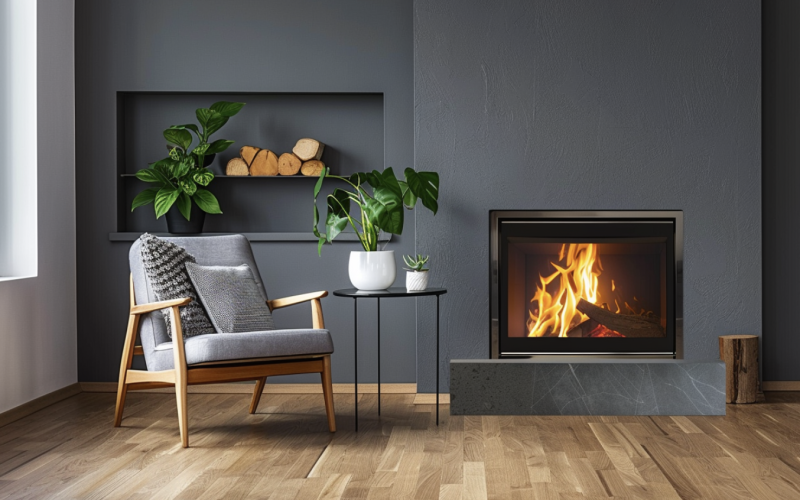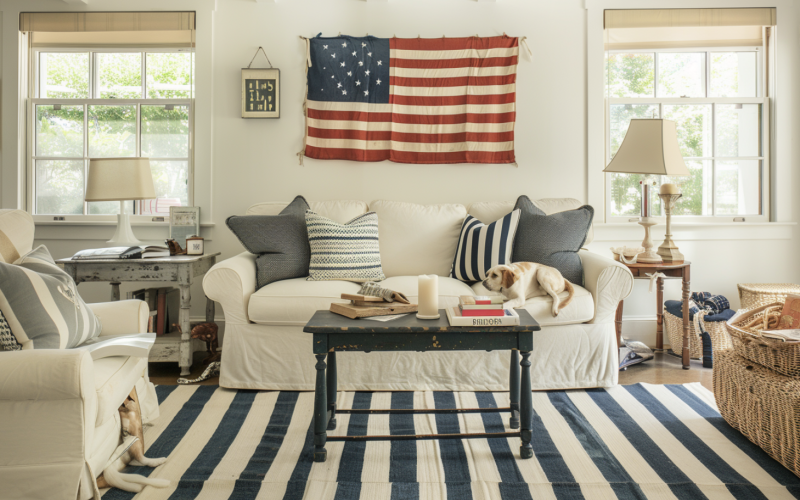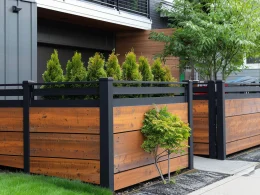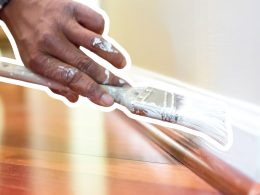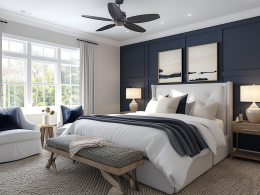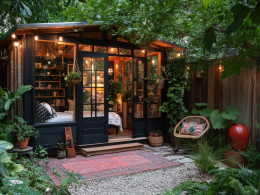Many homeowners wonder, “Is gray still a fashionable color for my home?”
Gray has been a go-to neutral for years, but with ever-changing trends, it’s natural to question its staying power.
Recently, there have been opinions about grey going out of fashion this year.
Although gray remains a timeless and versatile choice for interior design, especially when considering options like gray-green paint.
This blog post will explore incorporating gray into your home while staying on trend.
We’ll explore the shades of gray that work best in various rooms and provide tips on combining gray with other colors to create a stylish and inviting space.
Whether you want to refresh your living room, bedroom, or kitchen, this post will help you use gray to achieve a modern and enduring look.
The Potential Decline of Gray
In recent years, interior design has gradually shifted away from neutral tones like gray as homeowners and designers seek more vibrant and expressive colors to personalize their spaces.
While gray has been a dominant force in the design world for over a decade, many are now craving a change in palette to refresh and revitalize their homes.
Industry experts have observed that the market has become saturated with gray, creating a desire for something new and different.
Earthy tones like terracotta, ochre, and warm pastels are gaining popularity in the design world as alternatives to gray.
These colors offer a sense of warmth and comfort while still maintaining a sophisticated aesthetic.
Other trending hues include deep greens, which bring a touch of nature indoors, and muted blues, which offer a calming and serene ambiance.
Designers are incorporating these new favorite colors into their projects by moving away from monochromatic gray schemes and opting for more diverse and dynamic palettes.
By combining gray with warm accent colors or opting for richer, earthier tones as a base, designers create spaces that feel fresh, inviting, and character.
Expert Opinion and Predictions
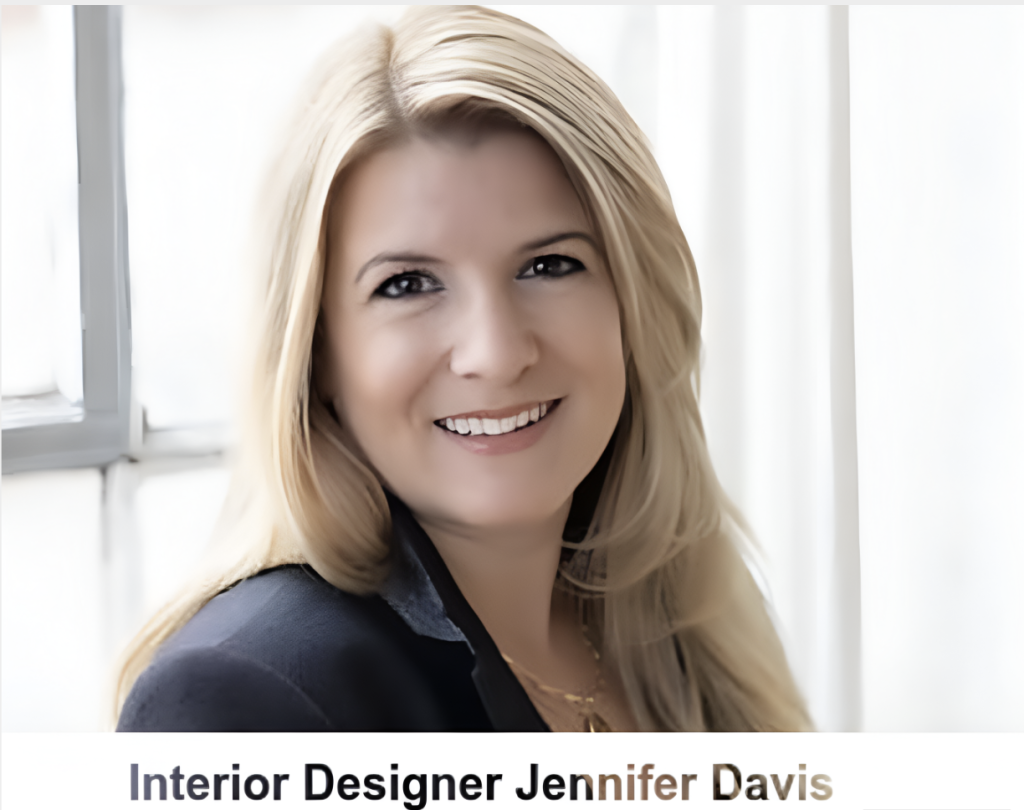
According to a consensus among experts, gray will continue to play a role in interior design in 2024, but its dominance as the go-to neutral is waning.
Industry reports and surveys indicate that while gray will still be used in future design projects, it will be incorporated more thoughtfully and combined with other colors.
Experts predict that designers will opt for warmer, earthier grays and pair them with bold accent colors to create more dynamic and inviting spaces.
Interior designer Jennifer Davis notes that “rich, warm grays continue to endure as a timeless and classic choice.”
She suggests that these warmer grays possess depth and add a sense of coziness and elegance to a space, making them a versatile option for interior design enthusiasts looking to incorporate gray in a more contemporary way.
Tips for Using Gray This Year
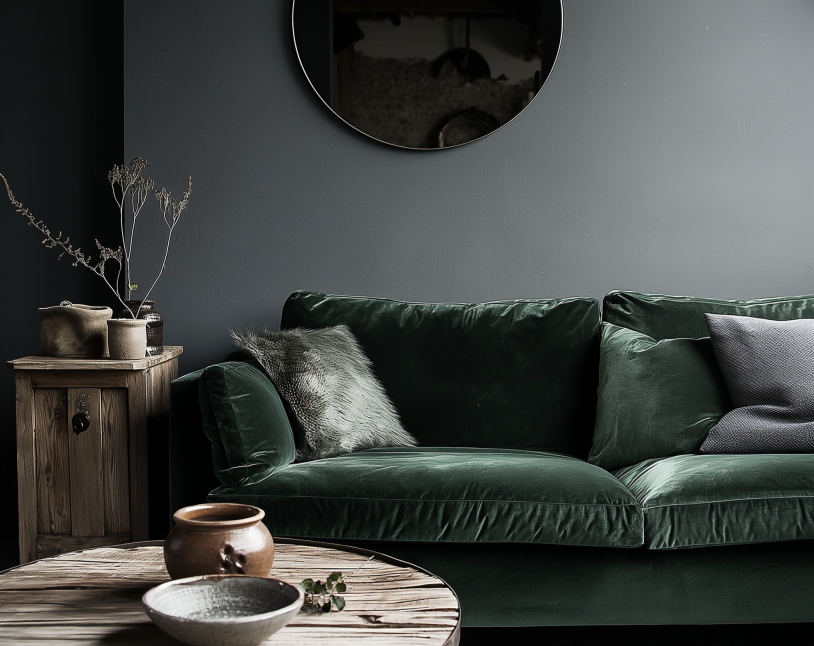
Balancing Gray
Gray can serve as a grounding force for more vibrant colors, adding depth and sophistication to a space.
On the other hand, when paired with similar neutrals, gray can create a calming and harmonious atmosphere.
To avoid a flat or washed-out look, carefully consider the balance of colors in your room and use gray strategically to complement or enhance the overall palette.
Choosing the Right Shade
Different shades of gray can evoke various feelings – light grays can create a soft, airy feel, while dark grays can provide a more dramatic and anchored effect.
Consider the purpose of the room and the mood you want to create when choosing your shade of gray.
Combining Colors
Consider pairing gray with jewel tones like emerald or sapphire for a rich and luxurious look.
Combine gray with pastel shades like blush pink or soft sage green for a more understated and gentle ambiance.
Remember, as interior designer Jennifer Davis suggests, “rich, warm grays continue to endure as a timeless and classic choice.”
Textures and Materials
Combine gray with metallic accents like brass or chrome for a touch of glamour, or pair it with warm wood tones for a more organic feel.
Introduce rich fabrics like velvet or linen to add depth and dimension to your gray palette.
By layering different textures and materials, you can create a gray scheme that feels both modern and inviting.
Advantages of Using Gray
1. Versatility
Gray is a foundation that can support a wide range of decorating styles, from minimalist to luxury, because it does not overwhelm other colors.
This versatility allows homeowners and designers to create various looks without the need to change the base color.
2. Timelessness
It remains a staple in various decor trends due to its ability to blend seamlessly with evolving styles. This timeless quality makes gray a safe choice for those who want an interior that can withstand time and adapt to changing tastes.
3. Ease of Use
Gray facilitates design flexibility, making updating looks without complete overhauls easier for homeowners and designers.
As color expert Helen Shaw points out, “a gray paint with a green undertone is a fool-proof choice as green grays sit at the center of the color wheel – so they flatter both warm and cool colors.”
This ease of use allows for seamless seasonal updates or style shifts, as gray pairs well with a broad spectrum of hues.
4. Market Value
The neutral yet modern appeal of gray creates a blank canvas that potential buyers can easily envision adapting to their style.
This broad appeal can be particularly beneficial when selling a home, as it can help attract more interest and potentially lead to a faster sale.
Conclusion
While new color trends are emerging, gray’s ability to complement a wide range of hues and styles ensures its enduring appeal.
The key to using gray successfully lies in finding the right balance, choosing the appropriate shade, and incorporating textural elements to create depth and interest.
As you consider your design choices for the year ahead, remember that the best color scheme reflects your style and creates a space that feels welcoming and comfortable.
Whether you opt for classic gray or explore alternative color palettes, the goal is to create a home you love to spend time in.
Embrace the colors that speak to you, and let your creativity shine through in your design choices.





